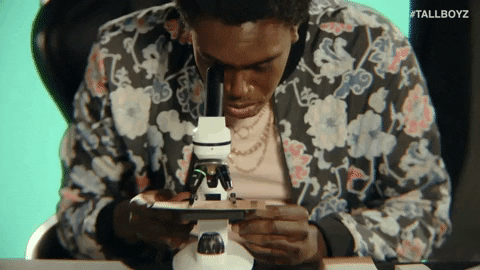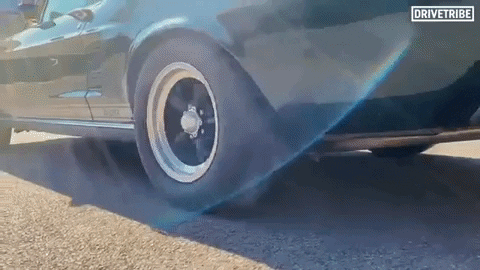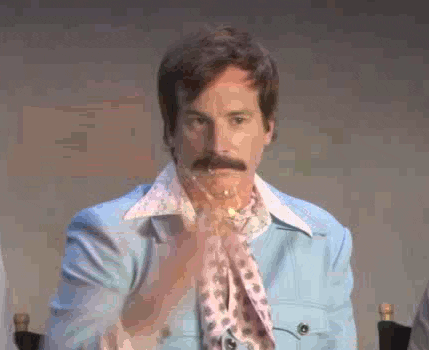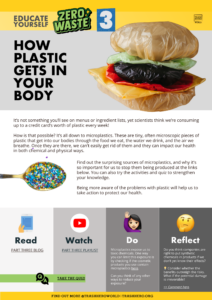If you’ve checked out the previous two parts of this series, you’ll already have heard of microplastics.
Microplastics – and their even tinier cousins, nanoplastics – may be small but they are a really big deal!
In this episode we’ll be finding out why, where they come from, and how they even get into our bodies in the first place.
Scientists usually define microplastics as any piece of plastic under 5mm (or half a centimetre) in length. Some of them are visible but most are too tiny to be seen, going down to just 1 micron (or one thousandth of a millimetre) across. When they get under this size, they are usually called nanoplastics. But to keep things simple, for now we’ll just call them all “microplastics”.

WHERE DO MICROPLASTICS COME FROM?
Most microplastics start life as part of something bigger. As these items get produced, used and thrown away, microplastics are released. This usually happens in 3 ways:
Friction: two of the biggest sources of microplastics are textiles and car tyres. Making, washing and wearing clothes made from synthetic fibres like polyester or acrylic releases tiny microfibres. So too does making, walking or sitting on synthetic carpets and furniture. And when people drive, the friction between their tyres and the road surface creates tiny particles of microplastic dust (if you thought tyres were only made from rubber, think again – they are about 1/4 plastic). In a 2020 study, 78% of microplastics in the ocean were found to come from tyres!

When any plastic gets hot and comes into contact with other things, the surface breaks down much more easily, for example when cooking with plastic utensils, microwaving a ready meal, or putting your fleece in the dryer.
Fragmentation: when plastic gets old, or is exposed to things like sunlight or wave action, it can get brittle and start to break up into smaller and smaller pieces. This happens very often in the ocean or in open dumpsites, but also on farmland, where plastic is used to cover crops.
Incineration: Burning plastic along with other waste is a common way of managing the trash we produce. This creates a lot of microplastics both in the emissions and in the ash left behind.
Other microplastics, like glitter, start off small – and get smaller over time. Liquid plastics are common ingredients in toiletries like lotions, makeup, hair conditioners and toothpaste, where they are used to bulk out the product and to make your hair and body smooth and shiny. These all wash into the water system as microplastics after use.

Nurdles are small pellets of plastic used to make plastic products. Millions of tons are made every year and transported all over the globe, but accidental spills or careless handling mean many of them end up in the environment, where they can break down even further.
HOW DO MICROPLASTICS GET INTO OUR BODIES?
Some very small microplastics, like tyre dust or textile fibres, can float unnoticed in the air. While some will eventually settle, there’s so much new material arriving and being blown around, the whole atmosphere is full of it – both indoors and outdoors. You’re definitely breathing in plastic right now.
Any size of microplastic can enter the soil and water, either directly or through the sewage system. This means both plants and animals are exposed to microplastics and, as we eat plants and animals, the microplastic ends up in our bodies too. Because microplastics are so widespread and so tiny, this is not something we can see or control.

Then of course we’re also spreading microplastics on our skin, hair and nails and consuming more of them directly when we buy, cook and eat food and drinks wrapped in plastic.
WHAT ARE THE EFFECTS OF HAVING MICROPLASTICS IN YOUR BODY?
Scientists are still studying all the effects microplastics might have on our health. The main issue is with all the chemical additives used to make plastic. These additives can make up more than half of a plastic material!
A lot of research has shown that these chemicals can be toxic and also affect the way our hormones work. This can lead to an increased risk of diabetes, obesity, heart disease, some types of cancer, birth defects, premature birth, brain disorders, and infertility.
The pieces of plastic themselves can lead to inflammation or damage to our organs, especially if we’re exposed to a lot of them over time. They can also prevent the proper absorption of nutrients from our food.
Because plastic is synthetic, not natural, our bodies don’t know how to break it down. So once it’s in our lungs, blood or tissues, it just stays there. As more arrives, the concentration builds up. This is called bioaccumulation.
In summary, microplastics usually come from bigger pieces of plastic breaking down, and they can get into our bodies through the food we eat, the water we drink, and the air we breathe. Once they are there, we can’t easily get rid of them and they can impact our health in both chemical and physical ways.
This is a really big topic and you’ll find a lot more information and explanation in the reading / watch lists below. Take your time and check out whatever appeals to you. You can also apply your new knowledge in an activity, or test it out in the quiz. If you have any thoughts on plastic and our health, or want to answer the question below, leave us a comment!
➤ How plastic is getting into our food
➤ Visualising the amount of plastic we eat
❗ TRY THIS
Microplastics expose us to toxic chemicals. One way you can limit this exposure is by checking if the cosmetic or hygiene products you use contain microplastics here.
If they do, once they are used up, try to look for more natural alternatives.
Can you think of any other ways to reduce your exposure?
Want to test your knowledge about plastic and health?
❓ OVER TO YOU
Our bodies are not designed to process synthetic chemicals. Do you think companies are right to keep using them in products if we don’t yet know their effects?
💡 Consider whether the benefits outweigh the risks. What if the potential damage is irreversible?
Some scientists say we should use “the precautionary principle”, which means if there is a risk of irreversible harm, we should avoid the action. But others argue being too careful stops innovation.
Let us know your opinion below!
Note: comments are moderated so they won’t appear right away



Join the conversation